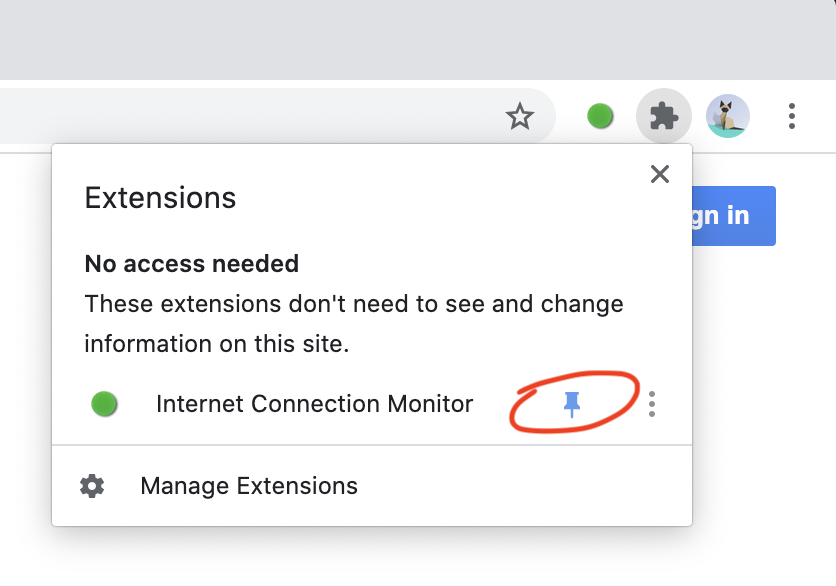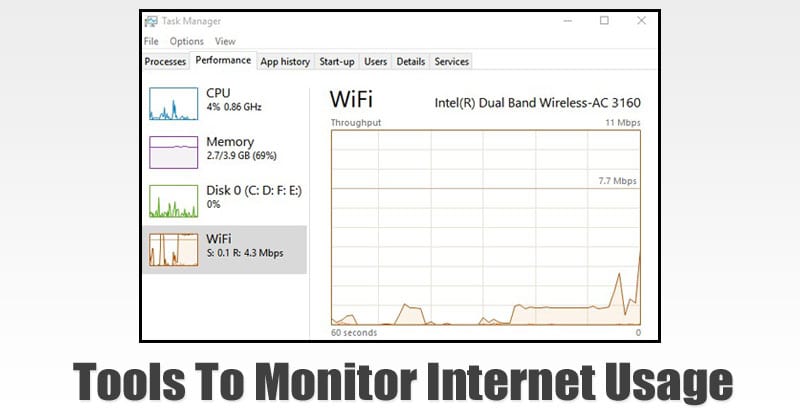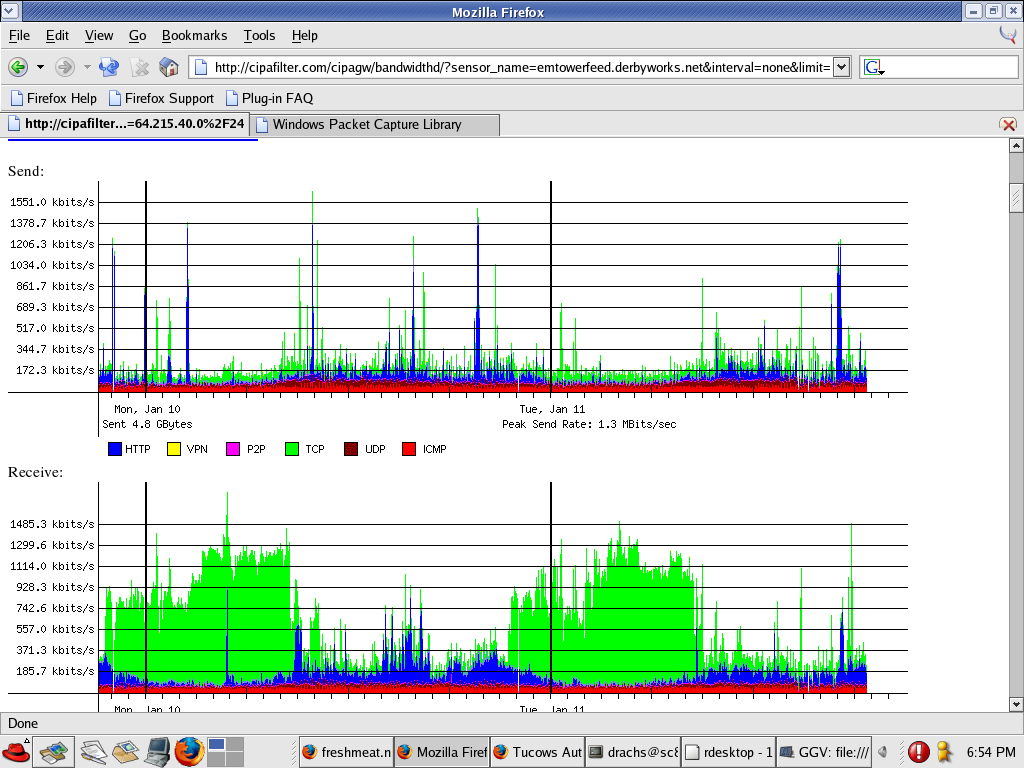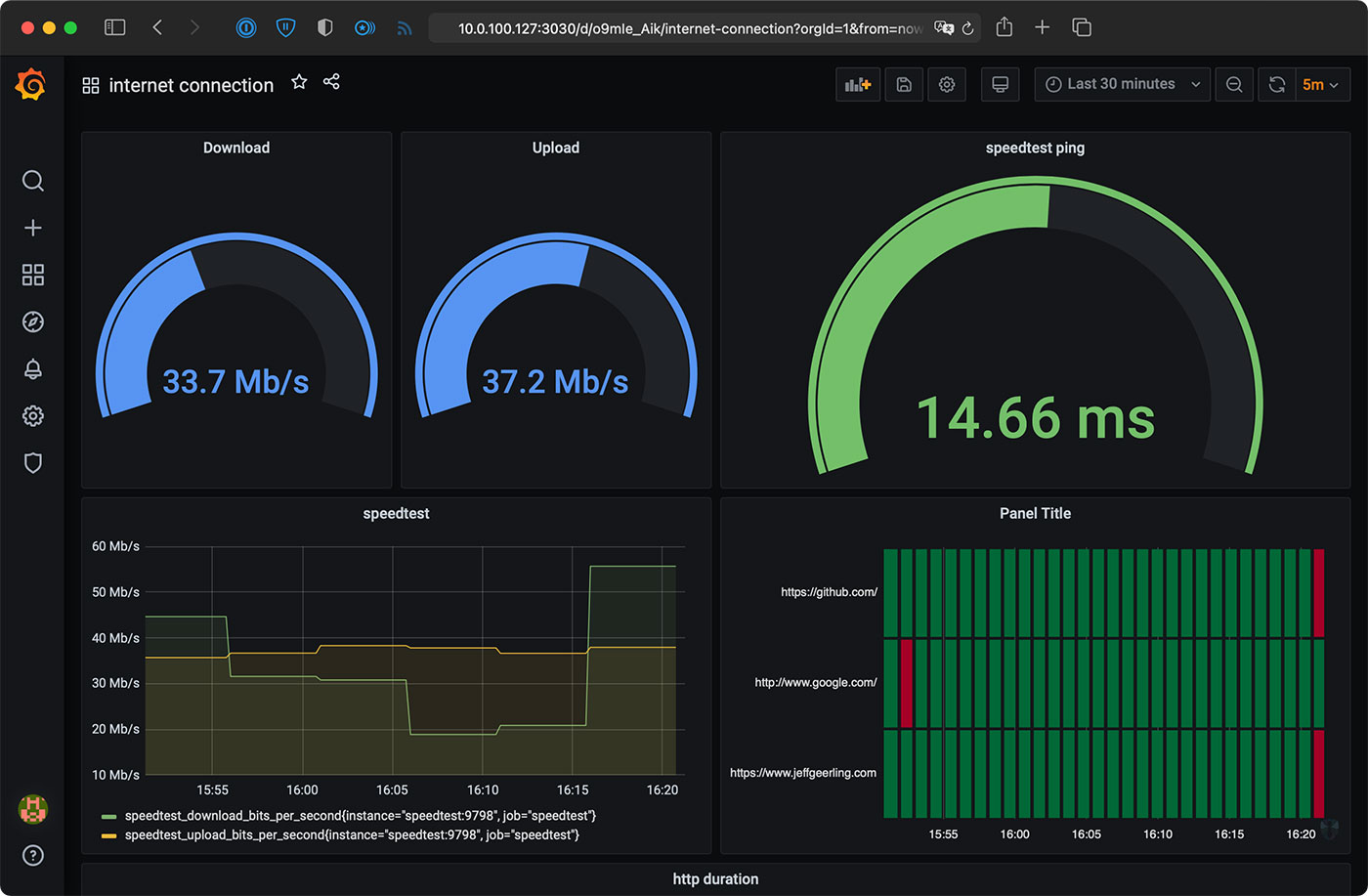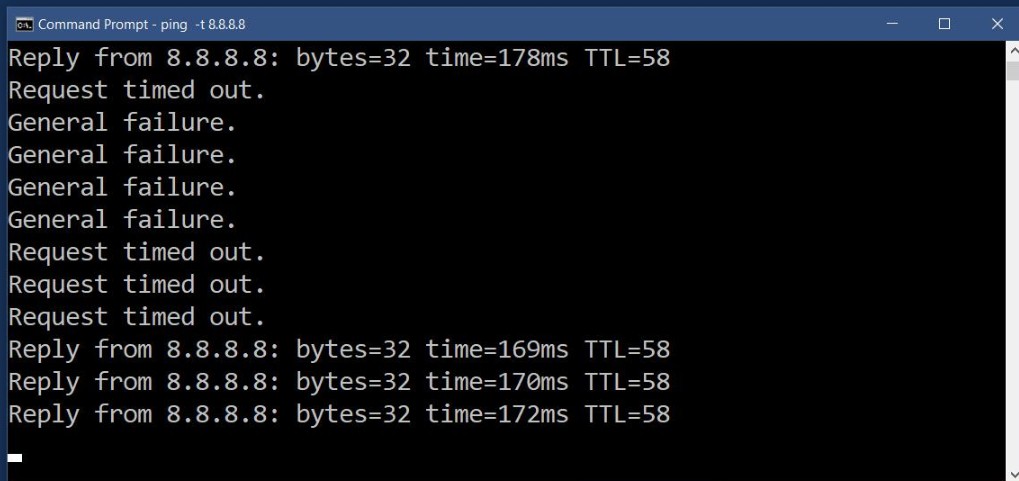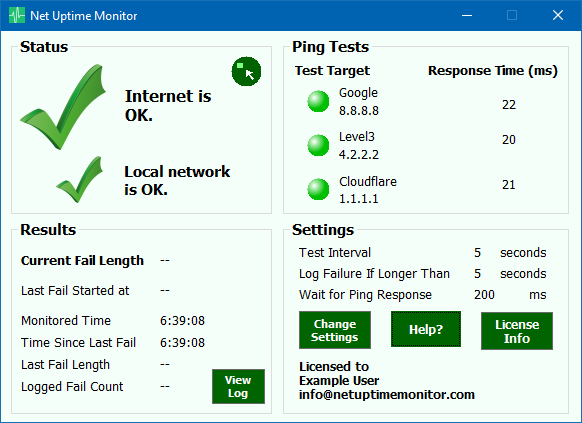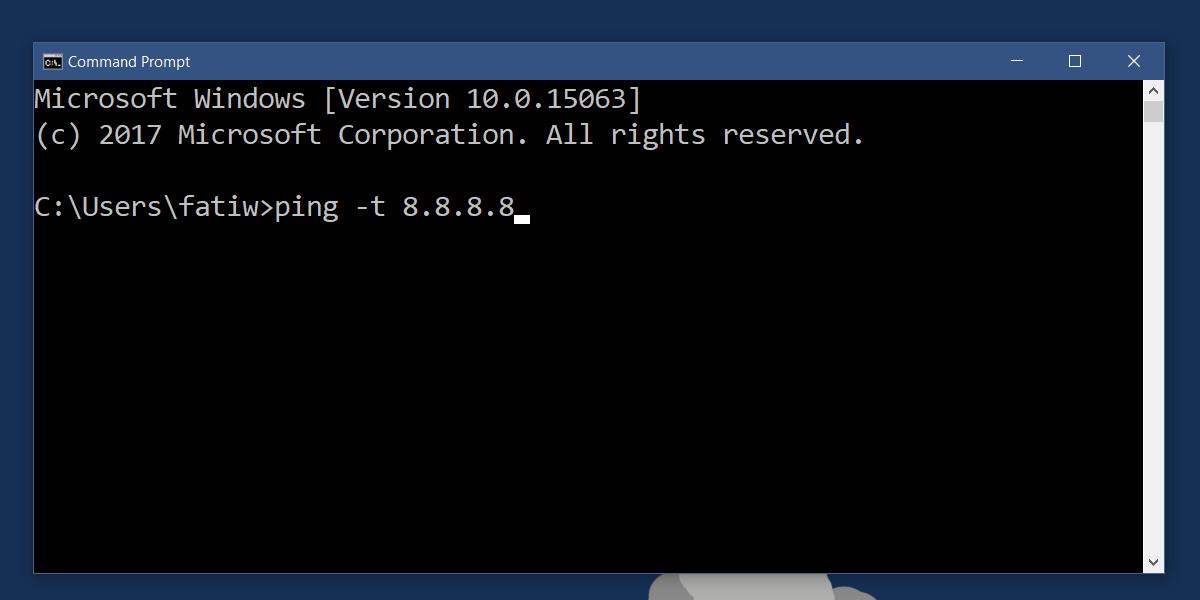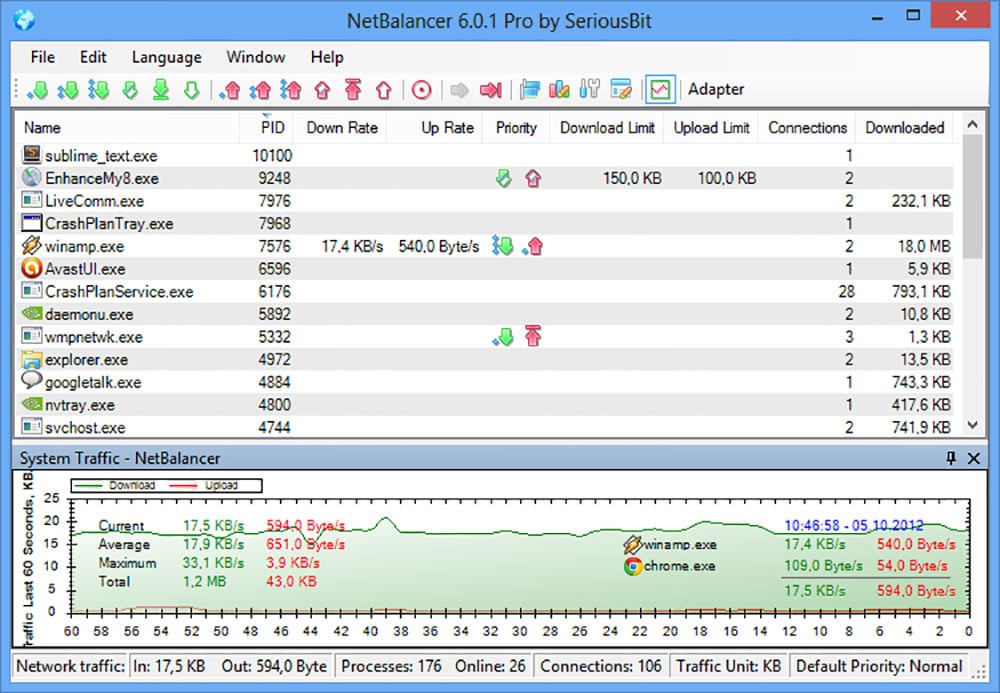How To Monitor My Internet Connection
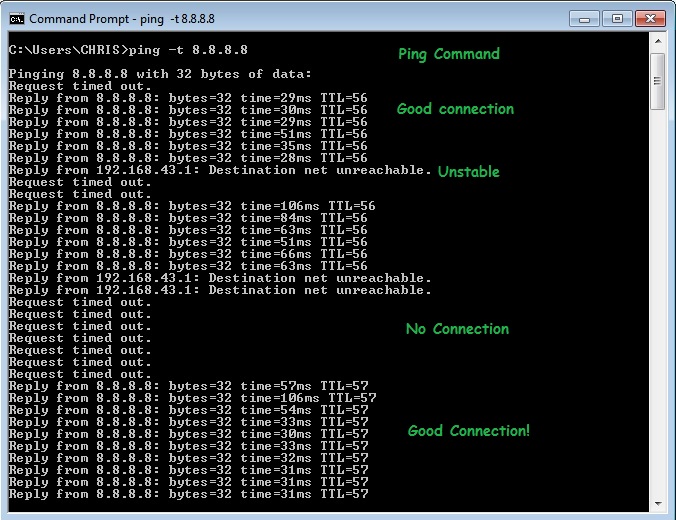
Imagine this: you're settling in for a movie night, popcorn in hand, ready to stream the latest blockbuster. But instead of cinematic bliss, you're met with buffering, pixelation, and that dreaded spinning wheel. Frustration mounts as your evening entertainment grinds to a halt. It's a scenario familiar to many, and it often boils down to one culprit: a sluggish or unstable internet connection.
Monitoring your internet connection is the key to understanding and addressing these issues. It empowers you to identify bottlenecks, optimize your network, and ensure a smoother online experience. Let's explore how to effectively monitor your internet connection and regain control over your digital life.
Understanding Your Connection
Before diving into monitoring tools, let's understand what we're measuring. Key metrics include download speed, upload speed, latency (ping), and packet loss. Download speed determines how quickly you can receive data, essential for streaming and browsing.
Upload speed governs how fast you can send data, crucial for video calls and uploading files. Latency, measured in milliseconds, reflects the delay in data transfer, affecting online gaming and responsiveness. Packet loss refers to data packets that fail to reach their destination, causing connection instability.
Simple Speed Tests
The simplest way to check your internet speed is through online speed tests. Websites like Speedtest by Ookla and Fast.com provide quick and easy assessments. Just visit the website and click "Go" to initiate the test.
These tests measure your download and upload speeds, providing a snapshot of your current connection performance. Remember that these are just snapshots; speeds can fluctuate throughout the day.
Using Your Router's Interface
Many modern routers offer built-in monitoring capabilities. Access your router's interface by typing its IP address (often 192.168.1.1 or 192.168.0.1) into your web browser. You'll usually find this information on a sticker on the router itself.
Once logged in, navigate to the "Status" or "Statistics" section. Here, you can often view real-time data usage, connected devices, and even signal strength for wireless connections. Consult your router's manual for specific instructions on navigating its interface.
Advanced Monitoring Tools
For more in-depth analysis, consider using dedicated network monitoring software. Tools like PRTG Network Monitor (free for up to 100 sensors) and GlassWire offer comprehensive insights into your network's performance. These tools can track bandwidth usage, identify bandwidth-hogging applications, and alert you to potential network issues.
PRTG Network Monitor, for instance, uses sensors to monitor various aspects of your network, providing detailed graphs and reports. GlassWire visualizes network activity, allowing you to quickly identify applications consuming the most bandwidth.
Interpreting the Data
Once you're gathering data, it's important to understand what it means. Compare your measured speeds to the speeds you're paying for from your internet service provider (ISP). If you consistently see speeds significantly lower than advertised, contact your ISP to investigate.
Look for patterns in your data. Are speeds consistently slow during certain times of the day? This could indicate network congestion in your area. Is a particular application consuming excessive bandwidth? This could be a rogue program or simply a bandwidth-intensive application running in the background.
Taking Action
Monitoring your internet connection is just the first step. Once you've identified issues, you can take action to improve your network performance. Try restarting your router and modem. This simple step can often resolve temporary glitches.
Consider upgrading your router to a newer model, especially if you're using older hardware. A newer router may offer improved performance and features. Also, optimize your Wi-Fi signal by positioning your router in a central location and minimizing interference from other electronic devices.
Monitoring your internet connection doesn't have to be a daunting task. By utilizing simple speed tests, exploring your router's interface, and considering advanced monitoring tools, you can gain valuable insights into your network's performance. Armed with this knowledge, you can take proactive steps to optimize your connection and enjoy a smoother, more reliable online experience.

